Export activities at Tan Cang Cat Lai Port, Ho Chi Minh City.
Surrounded by difficulties
According to the Ho Chi Minh City Logistics Association (HLA), in the first 5 months of the year, Vietnam's total export turnover reached 179.9 billion USD, up 13.7% over the same period in 2024. Vietnam's total container volume of exported goods in the 5 months reached 4.6 million TEUs, up 26.4% over the same period in 2024. In particular, Vietnam's total container volume of exported goods to the US market in the 5 months reached 1.86 million TEUs, up 39.8% over the same period last year. May was also the month with the highest monthly growth rate, reaching 501,000 TEUs, up 63.8% over the previous month as businesses tried to export goods early to avoid the US's reciprocal tax that will take effect on July 10.
According to Mr. Nguyen Hoai Chung, Executive Committee Member, Deputy Head of HLA Policy Department, geopolitical tensions are increasing, global logistics are fluctuating, tariff risks from the US and other markets are always present, pressure to fight origin fraud, complicated rules of origin, making it difficult for businesses to take of advantage incentives from Free Trade Agreements (FTAs)... The US announcement of a 46% reciprocal tax on Vietnamese goods has caused a shock and great challenge for Vietnam's exports and logistics. Immediate impacts include partners stopping orders, the business community is worried about the future and looking for ways to negotiate contracts. The risk of reciprocal taxes affects many industries, in which the textile and footwear industries are facing the risk of increased export costs, affecting the loss of orders and market share; the wood and seafood industries are reducing orders and profits, affecting jobs and workers' income; the electronics industry's shift in production will also affect FDI capital flows.
Many opinions also affirmed that infrastructure bottlenecks and high logistics costs affect the competitiveness and profits of enterprises... According to Mr. Truong Tan Loc, Marketing Director, Saigon Newport Corporation, the current port capacity cannot keep up with the development capacity of ships. In Vietnam, especially in the Southern region, there is a situation of cargo congestion at the port. Service routes in Ho Chi Minh City area increased, Cai Mep - Thi Vai route increased sharply. In the first 6 months of 2025, the global port system, including Vietnam, had to struggle to handle the sudden increase in cargo volume in the context of undeveloped port capacity.
According to Mr. Nguyen Chanh Phuong, Vice President of the Ho Chi Minh City Handicraft and Wood Processing Association, the country currently has over 6,000 wood processing enterprises, with 45% of enterprises capable of direct export. For the Vietnamese wood industry, logistics accounts for 20%-30% of export costs and directly affects the competitiveness of enterprises. In addition, enterprises must comply with the import and export policies of wood and wood products of major countries. For example, the United States imposes an anti-dumping tax of 46% on Vietnamese wood and requires FSC certification of origin. For the EU market, FLEGT and FSC regulations are mandatory for wood suppliers, Japan prioritizes the import of treated wood products, requires certification of sustainable development and the use of legal wood, etc., which also greatly affects enterprises.
Enhance response capacity
According to Mr. Truong Tan Loc, Marketing Director, Tan Cang Saigon Corporation, enterprises must be ready to respond to all fluctuations, otherwise they will be passive in production and business activities. Enterprises need to be flexible in adapting, have response scenarios, and change delivery practices. In the context of increasing service fees, no increase in port capacity, and no increase in port facilities, overload will occur.
Mr. Truong Tan Loc said that Tan Cang Saigon is interested in developing inland container depots (ICDs) to overcome the situation of cargo congestion or overload. Enterprises should study the transportation of goods to ICDs and combine many modes of transportation to transport goods by waterway, barge, and road to ICDs so that when overload occurs in one mode of transportation, there will be another transportation plan to respond. Tan Cang Saigon is coordinated with external partners to expand warehouses, invest in new ICDs, invest in equipment to improve cargo handling capacity at ports in Cai Mep and Cat Lai areas, and expand investment in warehouses to meet the requirements of sustainable development.
According to Mr. Nguyen Chanh Phuong, Vice Chairman of the Ho Chi Minh City Handicraft and Wood Processing Association, e-commerce activities are contributing to promoting enterprises to export directly to Amazon, Alibaba, and expand international booths to support SMEs. Enterprises can reach end consumers without intermediaries. To seize the opportunity, the wood supply chain needs to shift from "processing" to "high value", and it is necessary to restructure the industry from exporting semi-processed products to finished furniture products with their own brands. In addition, it is necessary to control the chain from raw materials to products, build a chain linking raw material areas - factories - logistics. There needs to be coordination between the association, local authorities and large enterprises to create sustainable raw material areas, invest in concentrated wood industrial clusters, integrate logistics, processing and preservation.
Mr. Nguyen Hoai Chung, Executive Committee Member, Deputy Head of HLA Policy Department, said that the Government needs to continue institutional reform and facilitate trade activities such as perfecting logistics legislation; simplifying customs and specialized inspections (smart e-customs); cutting unreasonable fees; guaranteed consistent implementation. At the same time, implementing policies to support small and medium-sized enterprises in digital transformation and green transformation; promoting the carbon credit market; public-private partnership in human resource training; supporting meeting international standards/non-tariff barriers, etc.
According to Mr. Nguyen Hoai Chung, export enterprises need to proactively diversify markets, take advantage of FTAs to exploit potential markets and seek new markets, develop the domestic market; proactively improve competitiveness, improve product quality, optimize production and logistics costs; comply with rules of origin of goods, develop domestic supply chains, green the supply chain, increase product value-added content, and develop brands.
Article and photos: MINH HUYEN
Source: https://baocantho.com.vn/tai-cau-truc-chuoi-cung-ung-da-dang-thi-truong-xuat-khau-a188191.html


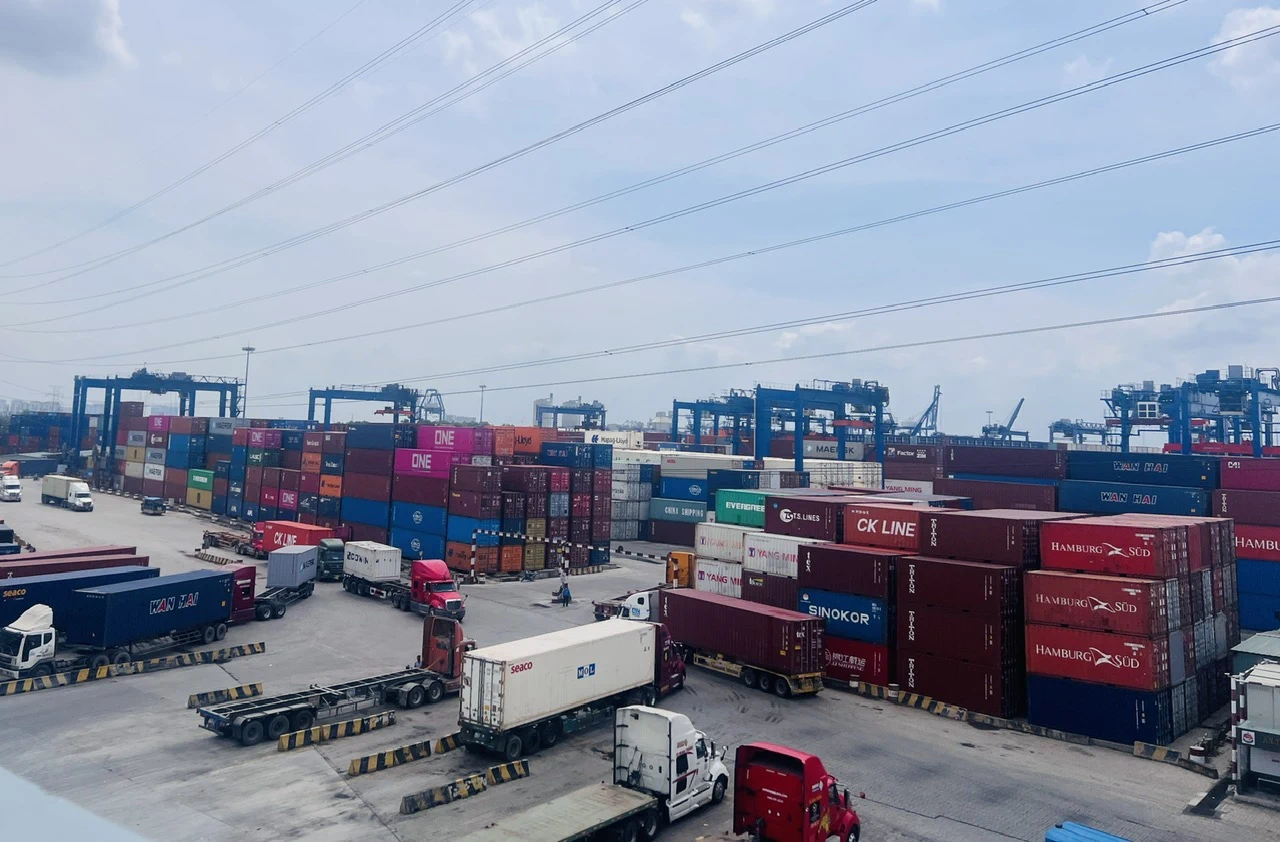





![[Photo] Prime Minister Pham Minh Chinh receives leaders of several leading Brazilian corporations](https://vphoto.vietnam.vn/thumb/1200x675/vietnam/resource/IMAGE/2025/7/6/3622160b379746e6bca82f804ea35e47)
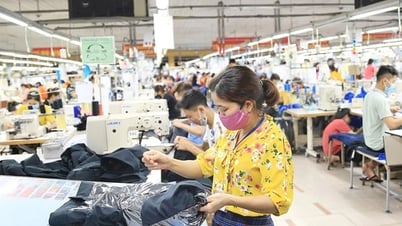



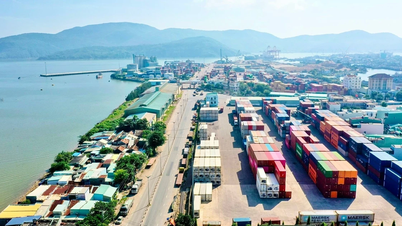

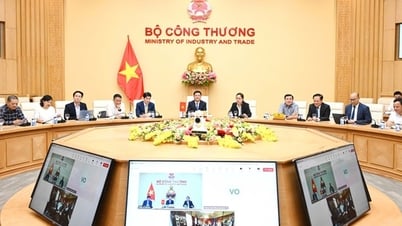

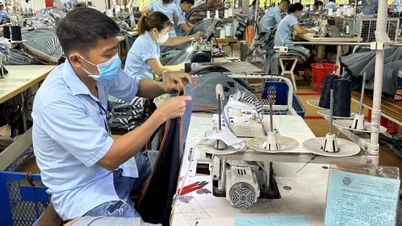





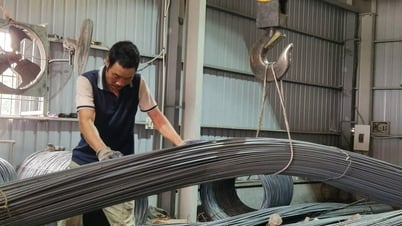

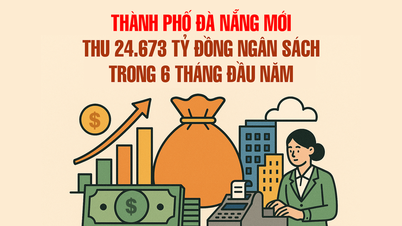

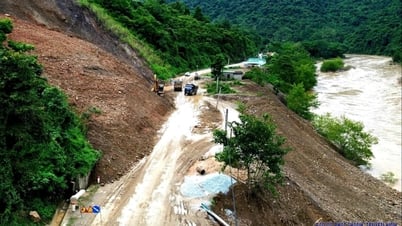


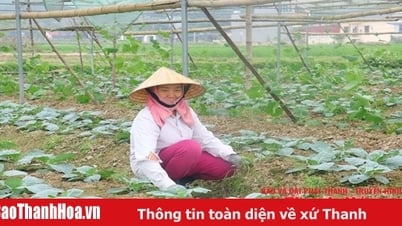





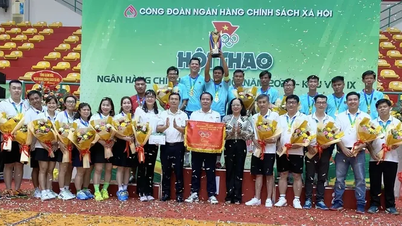


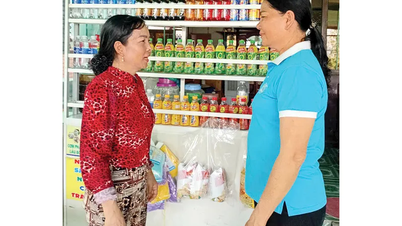
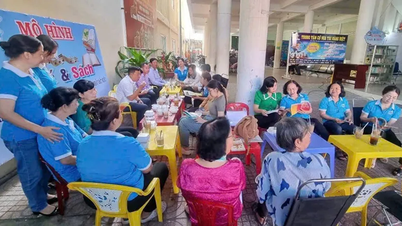
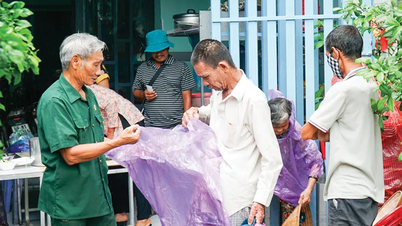

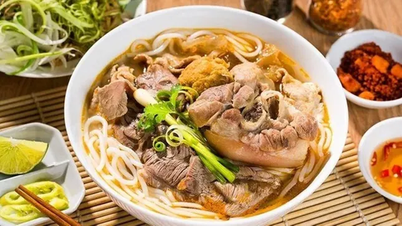

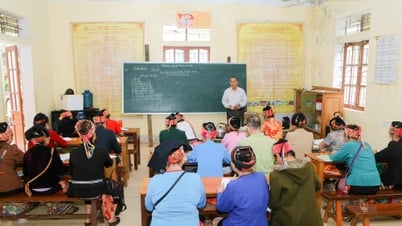



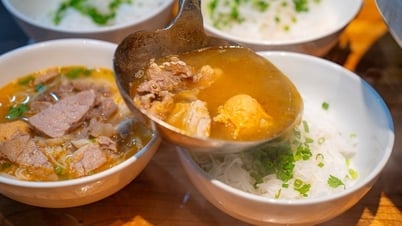















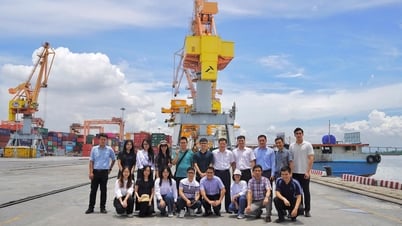



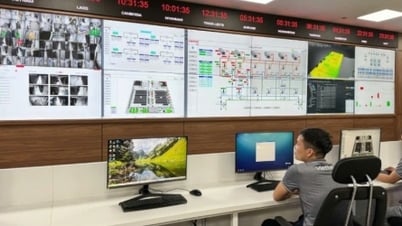
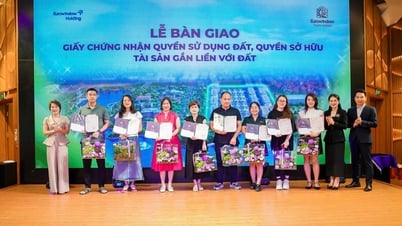




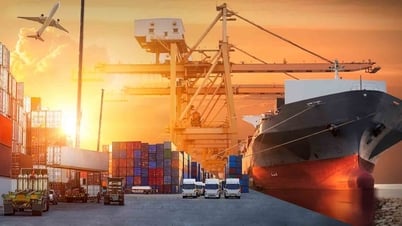

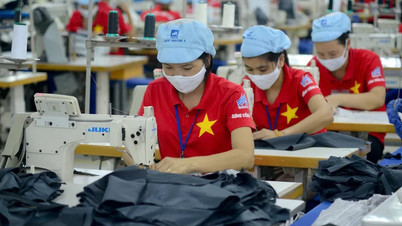


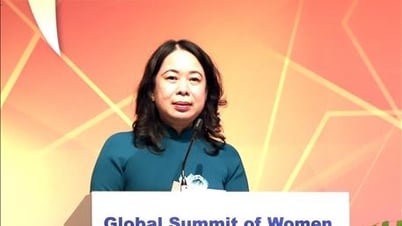

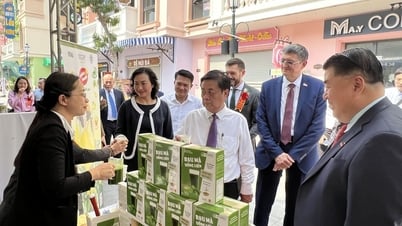

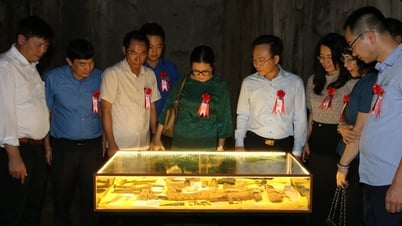








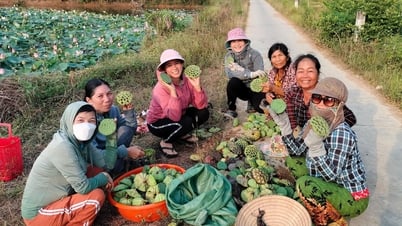

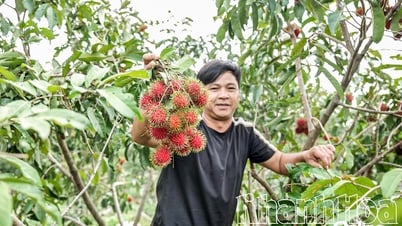
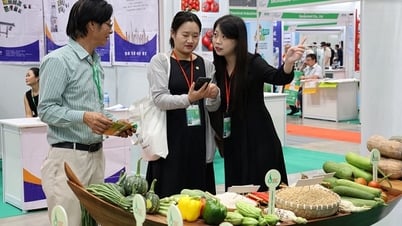

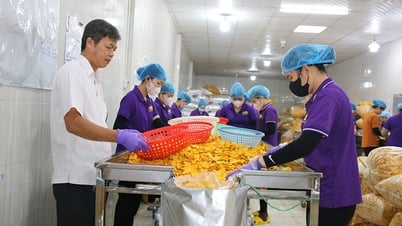

![[OCOP REVIEW] Bay Quyen sticky rice cake: A hometown specialty that has reached new heights thanks to its brand reputation](https://vphoto.vietnam.vn/thumb/402x226/vietnam/resource/IMAGE/2025/7/3/1a7e35c028bf46199ee1ec6b3ba0069e)









Comment (0)